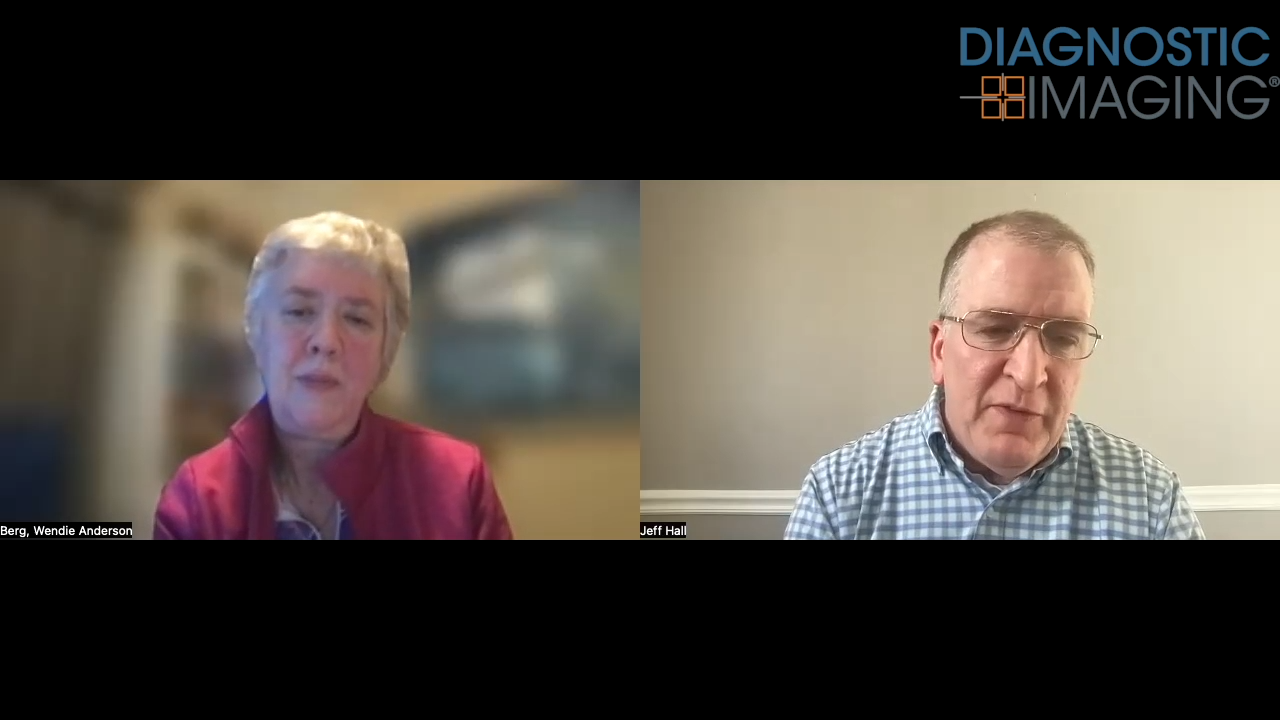Synthetic vs Digital 2D Mammography in Breast Density Assessment
Synthetic vs digital 2D mammograms in assessing breast tissue density.
Despite some reader variability, synthetic 2D mammography is comparable with digital 2D mammography to assess breast tissue density, according to a study published in the American Journal of Roentgenology.
Researchers from the University of Virginia Health System in Charlottesville performed a retrospective study to compare assessments of breast density between synthetic and digital 2D mammograms. Images from 309 patients were included in the study. All had undergone screening with digital 2D mammography and tomosynthesis during May 2015 with a negative or benign outcome.
Three radiologists with five to 25 years of clinical experience and one year of experience with synthetic 2D mammography read the digital 2D and synthetic 2D images in separate reading sessions, and assigned breast density categories according to the 5th edition of BI-RADS.
The results showed agreement between consensus BI-RADS density categories assigned for digital and synthetic 2D mammography was 80.3% and for combined dense and nondense categories, agreement reached 91.9%. For consensus readings, similar numbers of patients were shifted between nondense (11) and dense categories (14) with the synthetic 2D compared with digital 2D mammography.
The differences between readers were apparent; assignment to dense categories was greater with digital 2D mammography for reader 1 and for reader 2, but greater with synthetic 2D mammography for reader 3.
The researchers concluded that overall, synthetic 2D mammography was comparable with digital 2D mammography in assessment of breast density. They did note some variability by reader. “Practices can readily adopt synthetic 2D mammography without concern that it will affect density assessment and subsequent recommendations for supplemental screening,” they wrote.
AI-Initiated Recalls After Screening Mammography Demonstrate Higher PPV for Breast Cancer
March 18th 2025While recalls initiated by one of two reviewing radiologists after screening mammography were nearly 10 percent higher than recalls initiated by an AI software, the AI-initiated recalls had an 85 percent higher positive predictive value for breast cancer, according to a new study.
ECR Mammography Study: Pre-Op CEM Detects 34 Percent More Multifocal Masses than Mammography
February 28th 2025In addition to contrast-enhanced mammography (CEM) demonstrating over a 90 percent detection rate for multifocal masses, researchers found that no significant difference between histological measurements and CEM, according to study findings presented at the European Congress of Radiology.
Study: Mammography AI Leads to 29 Percent Increase in Breast Cancer Detection
February 5th 2025Use of the mammography AI software had a nearly equivalent false positive rate as unassisted radiologist interpretation and resulted in a 44 percent reduction in screen reading workload, according to findings from a randomized controlled trial involving over 105,000 women.










